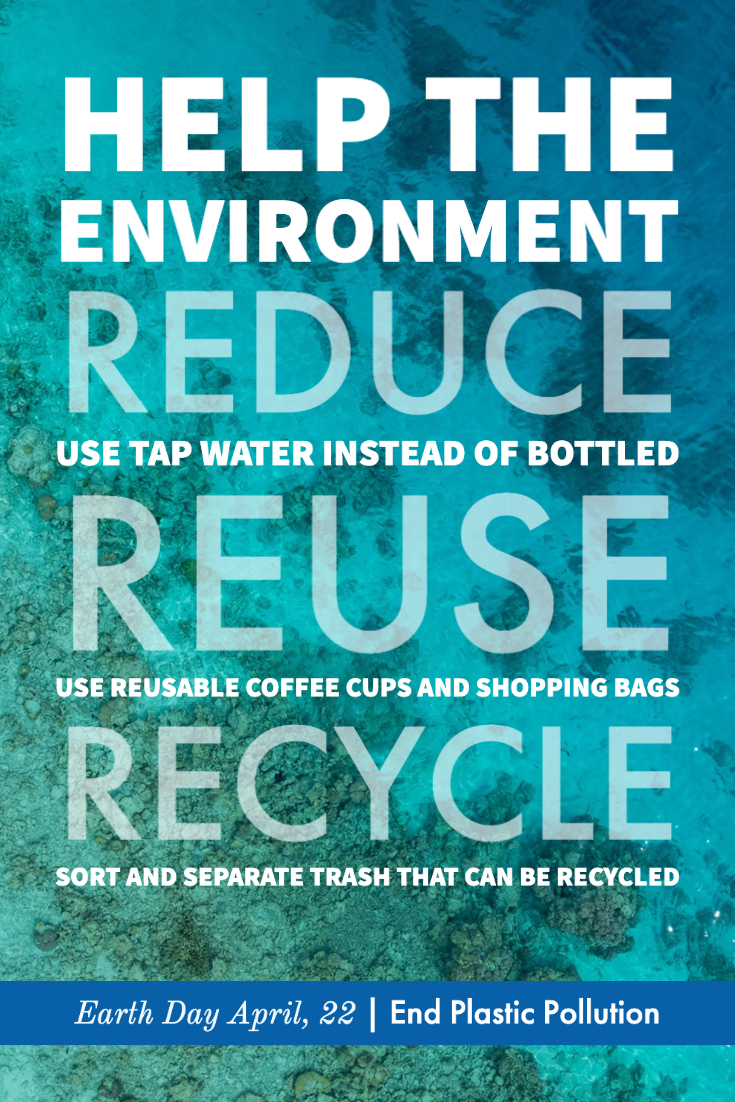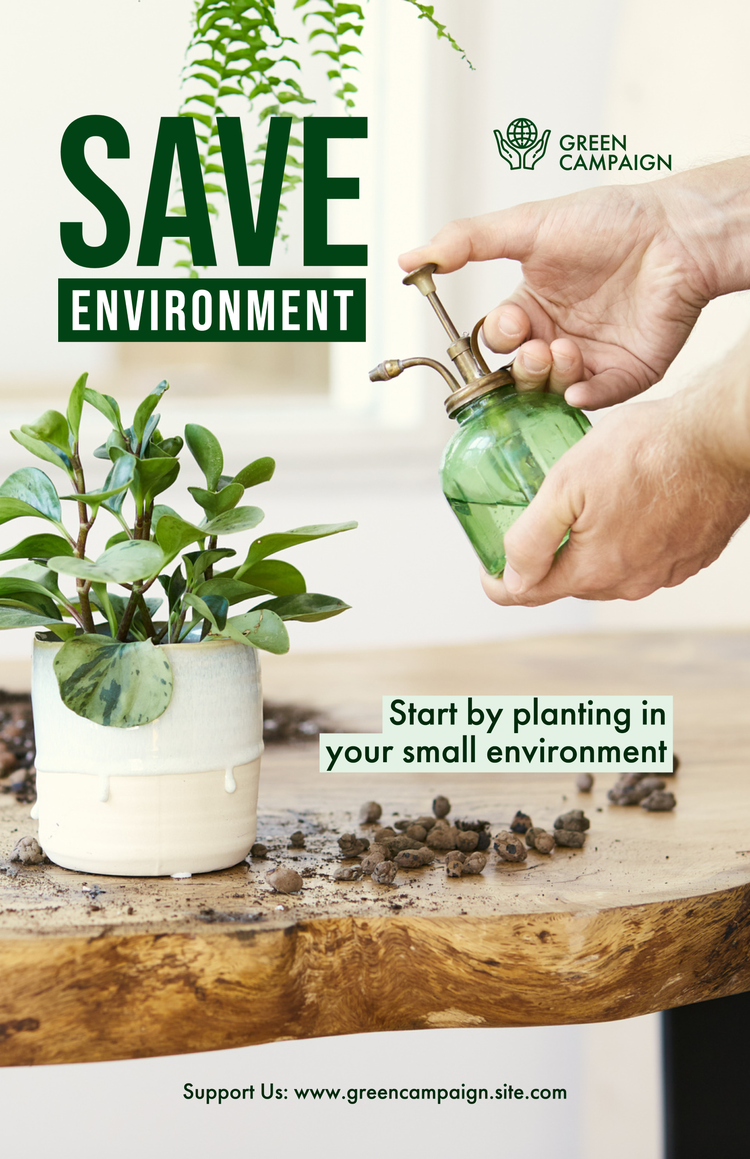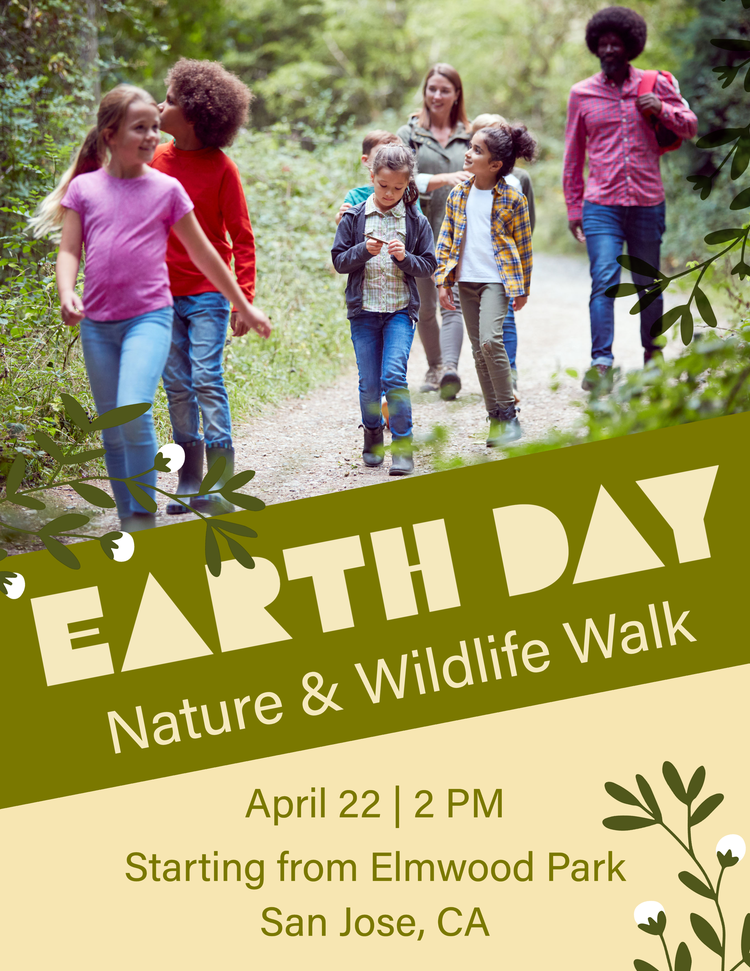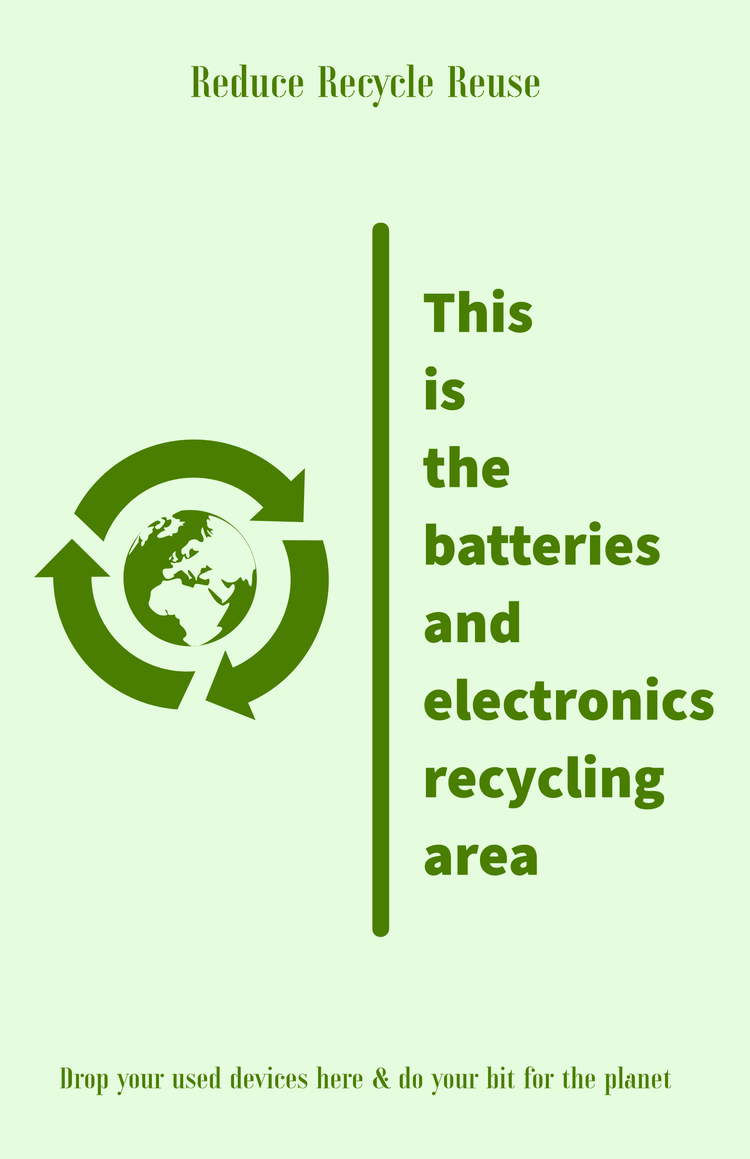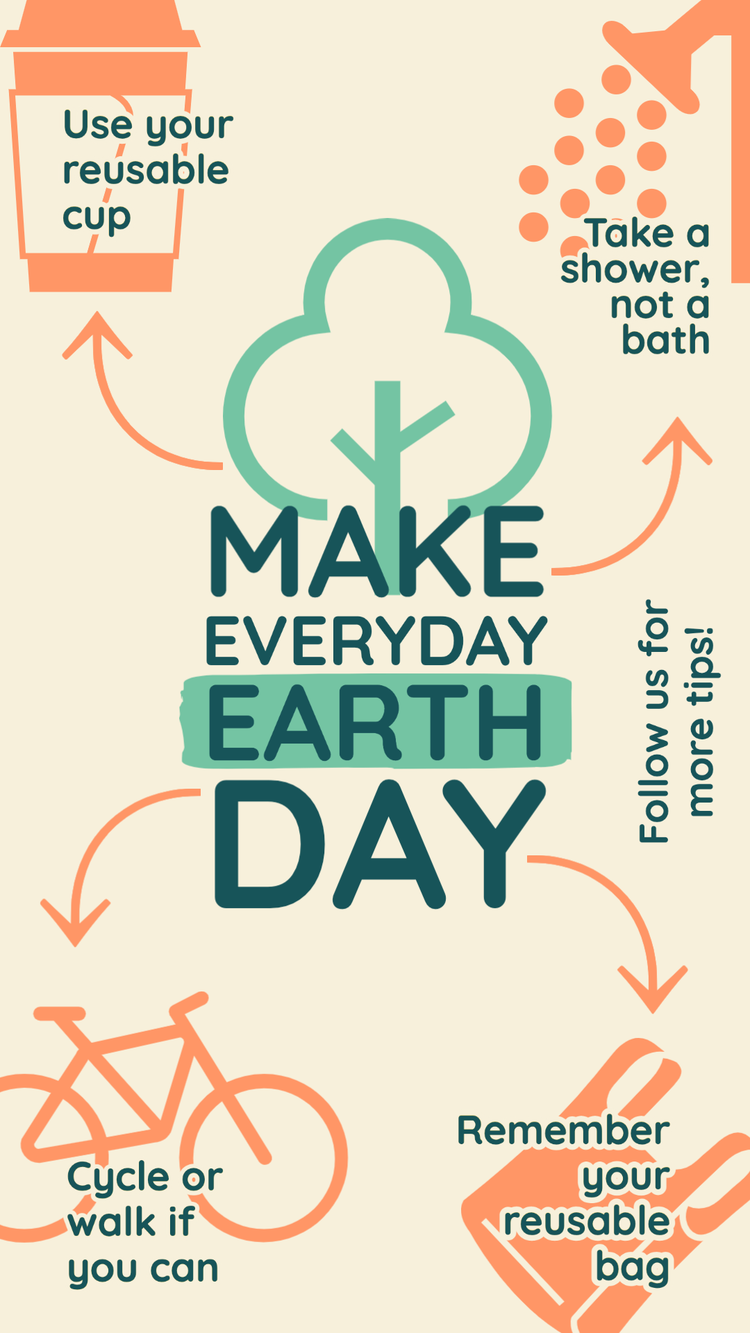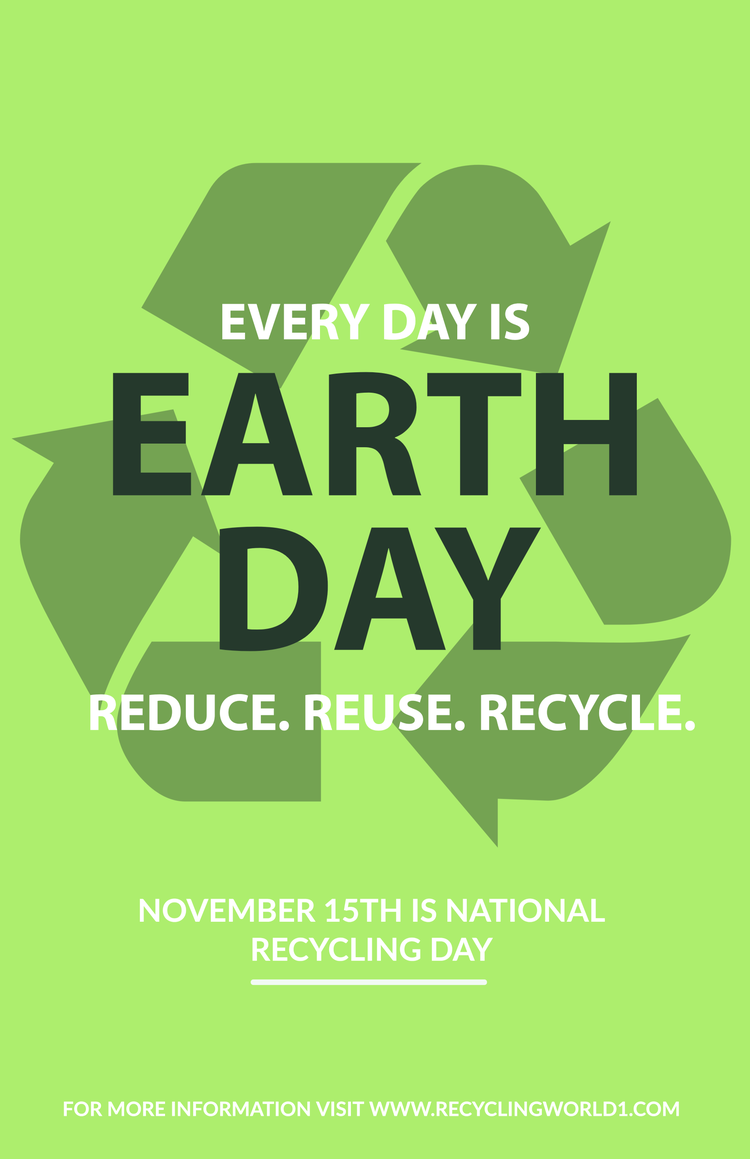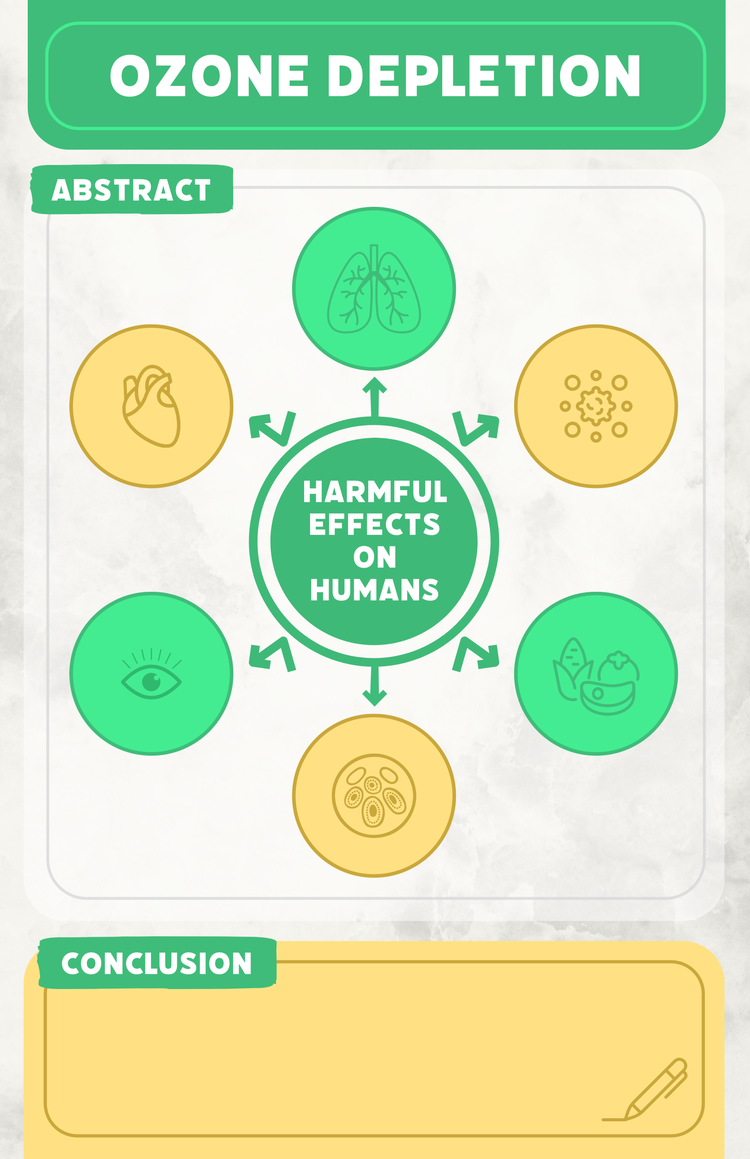Celebrate Earth Day Every Day: 10 Simple Actions for a Sustainable Future
Summary/Overview
When is Earth Day?
Are you going green for Earth Day this year? Every year on April 22, there’s a spike in social mentions about Earth Day. But the conversation about the environment is happening year-round — and we all have a role to play in it.
Instead of celebrating Earth Day just one day a year, you can make meaningful changes that make a big impact all year long. Not only is that a win for the planet, but it can also help your business stand out to eco-conscious consumers. According to a report by The Roundup, 78% of consumers care about sustainability — and 55% of consumers are willing to pay more for eco-friendly brands.
Whether you want to just differentiate your business or put more good out into the world, you can use your creativity to adopt new habits that support the environment. Let’s explore the history behind Earth Day, plus 10 ways you can protect Mother Earth every day of the year.
What is Earth Day?
In the 1960s, Americans used a lot of leaded gas to power their cars. Air pollution was rampant, and environmental protections were minimal. Few people realized the damage we were doing to the planet until the famous 1962 publication of Rachel Carson’s Silent Spring, which shared how pollution damages both human health and the environment, sparking a critical turning point in Earth Day history. This book mobilized millions of people to take action against pollution.
In 1969, Senator Gaylord Nelson saw the success of student-run anti-war protests and called for a teach-in on environmental conservation across the United States. In a bipartisan effort, Nelson co-chaired this effort alongside Congressman Pete McCloskey. They asked activist Dennis Hayes to organize events across the country.
On April 22, 1970, 10% of the US population participated in the first Earth Day. This celebration had far-reaching implications. In fact, the government founded the Environmental Protection Agency (EPA) and created a variety of environmental laws thanks to this first Earth Day.
In the 1990s, Earth Day spread well beyond the borders of the United States, mobilizing over 200 million people across 141 countries. This effort led to the first U.N. Earth Summit in 1992. In the 2000s, Earth Day expanded to focus not just on pollution but also on global warming, clean energy, and environmental conservation.
Today, Earth Day is the world’s largest secular holiday. More than 1 billion people celebrate it every year across the globe.
10 things to do on Earth Day
Collectively, we all have the power to protect the future of our planet. Even individuals and small businesses can make a difference. Looking for ways to go green beyond Earth Day? These 10 Earth Day activities offer practical Earth Day ideas to inspire you to adopt more sustainable habits year-round, both at work and in your personal life.
1. Reduce the amount of paper you use for printing by going digital
Printing is so last century. Printing documents creates higher demand for trees, which leads to deforestation and a worsening climate crisis. Paper also requires a lot of storage space and filing. By digitizing your personal life and business, you can save trees, save time, and save money — it’s a true win-win-win.
You can save even more time by creating digital templates for your most popular document types. Templatize your agendas, flyers, and even business cards to save both paper and cost.
2. Cut down on plastic by carrying a reusable water bottle
Disposable water bottle waste is a major contributor to the growing problem of plastic in the ocean. Every year, millions of these plastic bottles end up in our oceans, harming marine life and polluting the environment. The production of these bottles also releases 2.5 million tons of carbon dioxide annually.
Instead of providing plastic water bottles at the office or buying bottled water for your home, opt for reusable water bottles that last for years. This change alone can save you $266 a year (or $17,290 over your lifetime).
Offering reusable water bottles to your team at the office is great for the environment — and for your brand. You can create your own water bottle labels to help your team rep your business without the cost and environmental waste of custom-printed giveaways. Check out these templates to design your own labels in no time at all.
3. Become a citizen scientist
If you love spending time outside in nature and enjoy taking photos, you’re well on your way to becoming a citizen scientist. Citizen scientists aren’t professional researchers, they’re everyday people who seek to learn more about and document the world. As a citizen environmental scientist, you can take pictures of local wildlife and plants, plastic waste and pollution, and other environmental factors in your community.
Global Earth Challenge has a Citizen Scientist Initiative that encourages everyday people to contribute to scientific research by snapping photos in their community. You can submit crowdsourced photos about environmental threats like pollution, as well as photos that show the beauty of local wildlife. Scientists at the Wilson Center and the U.S. Department of State review these photos to monitor water quality, climate change, plastic pollution, and more across the country.
iNaturalist is also a great way to record observations about your environment and share them with other budding naturalists. Instead of contributing to scientific research, you’ll simply share the beauty and awe of nature with other users on the iNaturalist app.
Whether you’re sharing a photo of a rare frog in your yard or documenting your city’s plastic waste, quality photos can make a big difference. More people need to understand threats to our environment, and that means your photos need to tell rich stories. Before sharing your images with the world, edit them in Adobe Express. You can easily resize photos, remove backgrounds, adjust lighting, or convert files to other formats with just a few clicks.
4. Grow your own herbs, fruits, and vegetables
Eating local produce can relieve pressure on the food supply chain. It also reduces the amount of fossil fuels used to transport food thousands of miles to its destination.
Growing your own food is both fun and eco-friendly — and it doesn’t have to be a huge undertaking. You can start small with a few cooking herbs or fruit and vegetable planters at home. You could also plant a mini-garden at your office or business location so your team has fresh food to snack on. Once your garden is thriving, don’t forget to show it off on social media. With Adobe Express Quick Actions, it’s easy to edit your gardening photos and videos to share with your social media followers in time for Earth Day.
5. Reduce your energy use
Electricity costs are on the rise. According to the U.S. Energy Information Administration, nationwide residential electricity costs increased by 8% from 2021 to 2022 — and they show no sign of slowing down any time soon.
Although more people are embracing alternative energy, it’s still a good idea for individuals and businesses to conserve power where they can. It’s better for both your wallet and the planet.
You can save energy by:
- Turning lights off when they aren’t in use
- Using timers for lights and thermostats
- Unplugging unused appliances and lamps
- Running A/C and heating systems less often
- Switching to LED lightbulbs
If your business has a physical location, you can also install motion-activated lights, automatically turn lights off after certain hours, or require your team to turn off computers and monitors at the end of the day. It’s also a good idea to add high-impact signage to keep the environment top of mind for everyone at the office.
6. Think differently about your food
The food on your plate — both what you eat and how it was produced — has an environmental impact. If you’re trying to be more eco-friendly, it’s a good idea to explore new ways to eat more sustainably. You can improve the impact your food has on the environment by:
- Calculating your foodprint to see how much carbon dioxide your food sources produce
- Incorporating climate-friendly recipes into your weekly routine
- Eating more locally produced foods
- Swapping out single-use dishes, utensils, and napkins for the real deal
If you want to host a climate-friendly dinner party for Earth Day, you can easily create a professional-quality menu with a drag-and-drop template.
7. Switch to sustainable fashion
Celebrate Earth Day in style this year. If you’re a fashionista, check to see that you’re practicing sustainable fashion. That might mean:
- Wearing clothes for as long as possible
- Opting for natural materials like bamboo
- Purchasing from ethical, eco-friendly brands
- Buying secondhand or upcycled clothes
- Organizing a clothing swap with your friends
If you’re revamping your wardrobe, buy pieces from sustainable brands. Go for eco-friendly options like tentree, which plants 10 trees for every item purchased. Pact organic cotton uses 81% less water and avoids the use of chemicals, which makes for softer (and more eco-friendly) fabric. Uniqlo also offers a clothing line made from recycled PET plastic bottles.
Changing your wardrobe habits won’t happen overnight, but every new purchase you make can have a positive impact on the environment. If you need extra inspiration, create a fashion vision board with these templates to guide your buying decisions.
8. Rethink your transportation
Transportation accounts for 27% of all greenhouse gas emissions in the US. In honor of Earth Day, think about ways you can opt for eco-friendly transportation. That might mean:
- Working remotely instead of going to the office every day
- Joining a carpool instead of commuting solo
- Taking public transit when possible
- Walking or biking to work instead of driving
9. Host a cleanup event in your community
The world is experiencing a plastic pollution crisis. To combat this in your community, host an annual cleanup event at your local park, river, or beach.
Earth Day’s official Great Global Cleanup happens every year on April 22. You can find an existing cleanup to support or register a cleanup of your own if one doesn’t exist in your area. Pick a time, gather volunteers, and provide a few simple supplies for cleanup, like trash bags and gloves.
Get the word out to your community with e-flyers — and don’t forget to post lots of photos on social media during and after your cleanup. Speed up your event planning with a few creative e-flyer templates.
10. Advocate for change
The first Earth Day led to a groundswell of support for climate activism. Climate change will soon be irreversible, and it’s never been more important for everyone to advocate for change on a policy level.
Do what you can to advocate for change this Earth Day, whether it’s championing climate literacy, bringing plant-based meals to your school or workplace, sending letters of support for environmental policy changes to your local representative, or countless other activities.
Part of advocacy is reaching out to others. Create Earth Day posters detailing the impact of the climate crisis, as well as actionable tips like a step-by-step guide and information on how to contact your local representatives.
Get creative with Earth Day content
Earth Day is a fantastic opportunity to invest in the planet, but eco-friendly initiatives don’t have to stop after April 22nd. You can continue to share your environmental stories and actions throughout the year. Earth Day also presents a chance to inspire others. By offering creative content that showcases how to celebrate Earth Day in unique and meaningful ways, you can raise awareness and encourage year-round action beyond a single day.
Make your big ideas a reality this Earth Day with Adobe Express templates.
This post was updated on March 26, 2024



